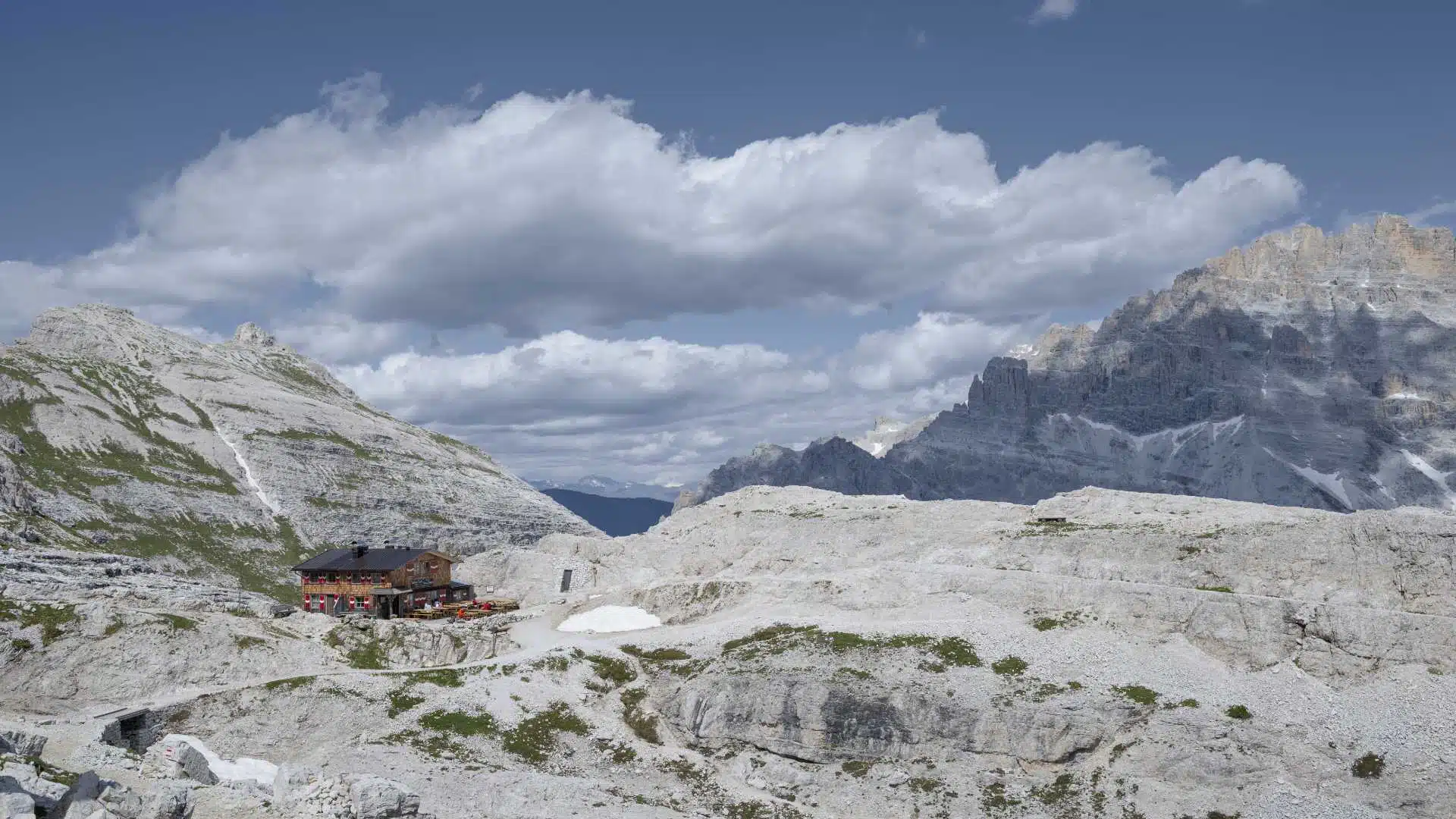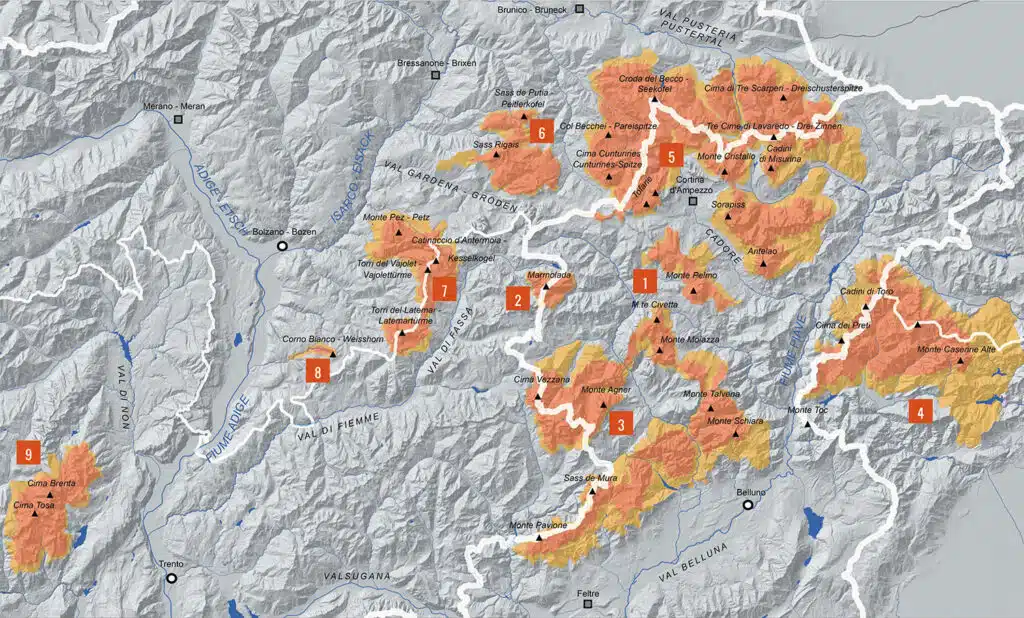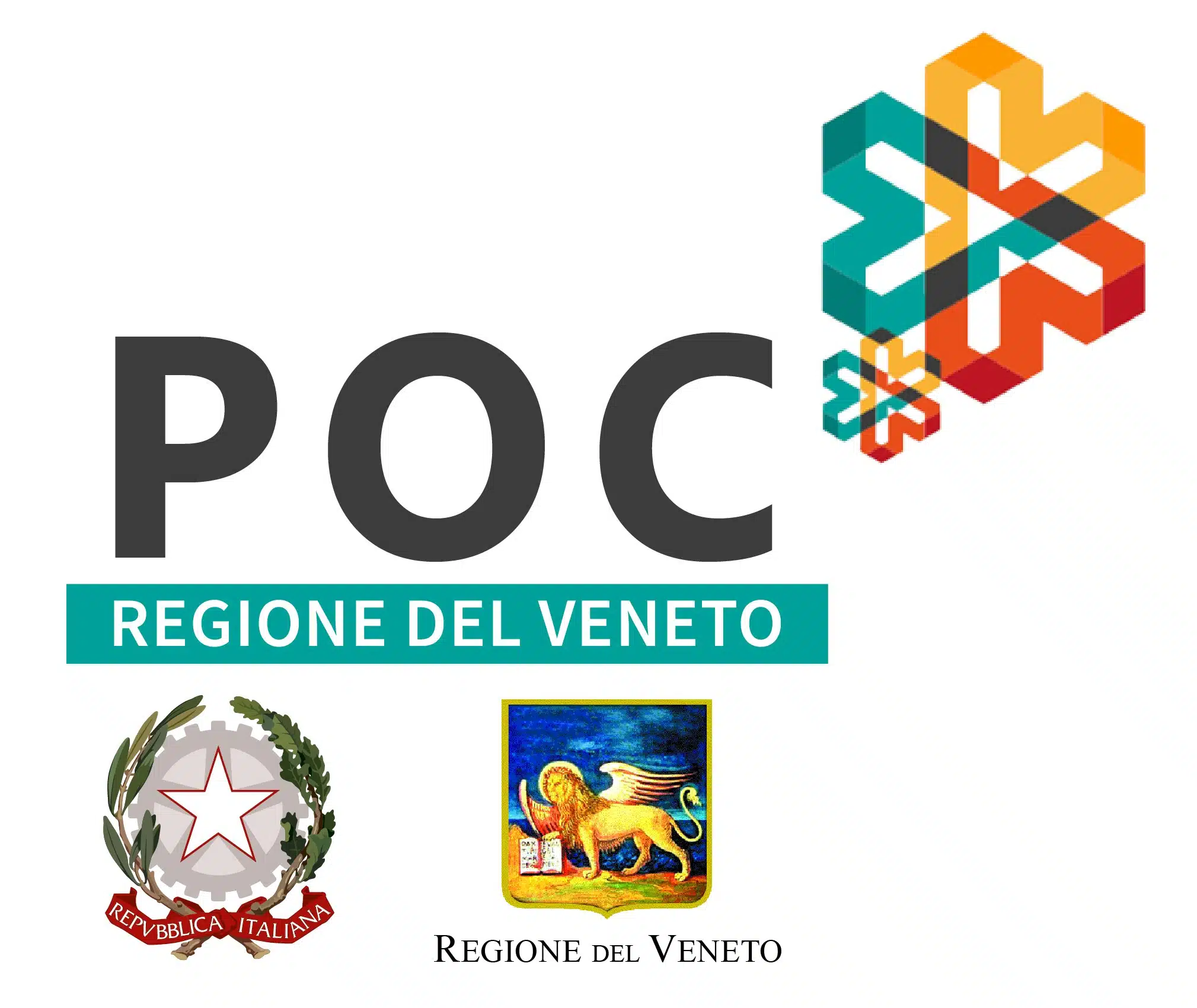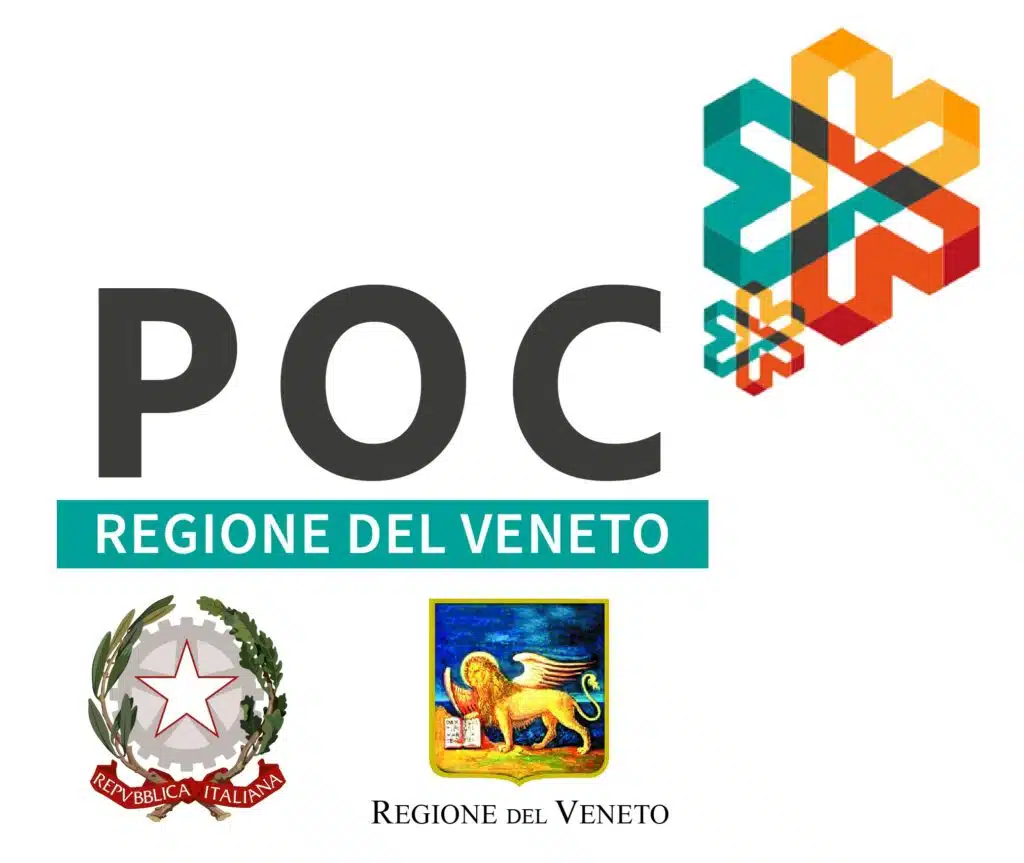The charm of the dolomites
Since the days of the Grand Tour, the charm of the sublime, concentrated in the breathtaking views that the Alps offered to travelers from all over Europe, has attracted throngs of young artists, poets and writers, who have handed down the stories of their training journeys. in Italy through the mountain range, which with subsequent geological studies and the first mountaineering achievements, acquired the international fame it enjoys today. Dolomites, a denomination known all over the world.
Do you know what the origin of this famous name is?

THE ORIGIN OF THE NAME
The term The Dolomites derives from the name of the mineral, dolomite, the main component of dolomite, sedimentary rock of which the spectacular mountains that make up the eastern Alps are formed. This name was coined in 1792 by the Swiss naturalist. HB de Saussure, taking it from the name in the French geologist Deodat G. de Dolomieu, which in 1789 was the first to identify the chemical and mineralogical composition of these limestone rocks, distinguishing dolomite from calcite.
MORPHOLOGY
The Dolomites originated approx 270 millions of years ago and thanks to the intervention of the glaciations and the exhausting work of atmospheric agents, along the succession of geological eras, the Dolomite rocks have taken on the magnificent aspect that we can contemplate today. The morphology of the Dolomites offers the admiring gazes of inhabitants and visitors an alternation of towers, walls, spiers and pinnacles, as if they were the work of the ingenuity of skilled architects and the skill of expert sculptors. Nature then completed this fairytale landscape by equipping it with valleys furrowed by clear streams and dotted with woods and green pastures, where man has been able to settle and live.
DOLOMITES: UNESCO WORLD HERITAGE
Dolomites is also the name that indicates the alpine region with its rich landscape suggestions, included in the 5 provinces of Belluno, Bolzano, Trento, Udine and Pordenone, which the June 26 2009 has obtained the precious recognition of UNESCO, which has awarded them the title of World Heritage, cit. “For their aesthetic and landscape value and for the scientific importance at a geological and geomorphological level”. The nine mountain systems that make up the UNESCO Dolomites Heritage, although separated from each other by valleys and rivers, are closely connected by virtue of their characteristics and have presented their candidacy as a whole, demonstrating the precise desire to protect an area that covers an area of 142 thousand hectares, placing the natural environment at the center of social and economic interest.
THE NINE DOLOMITIC SYSTEMS






